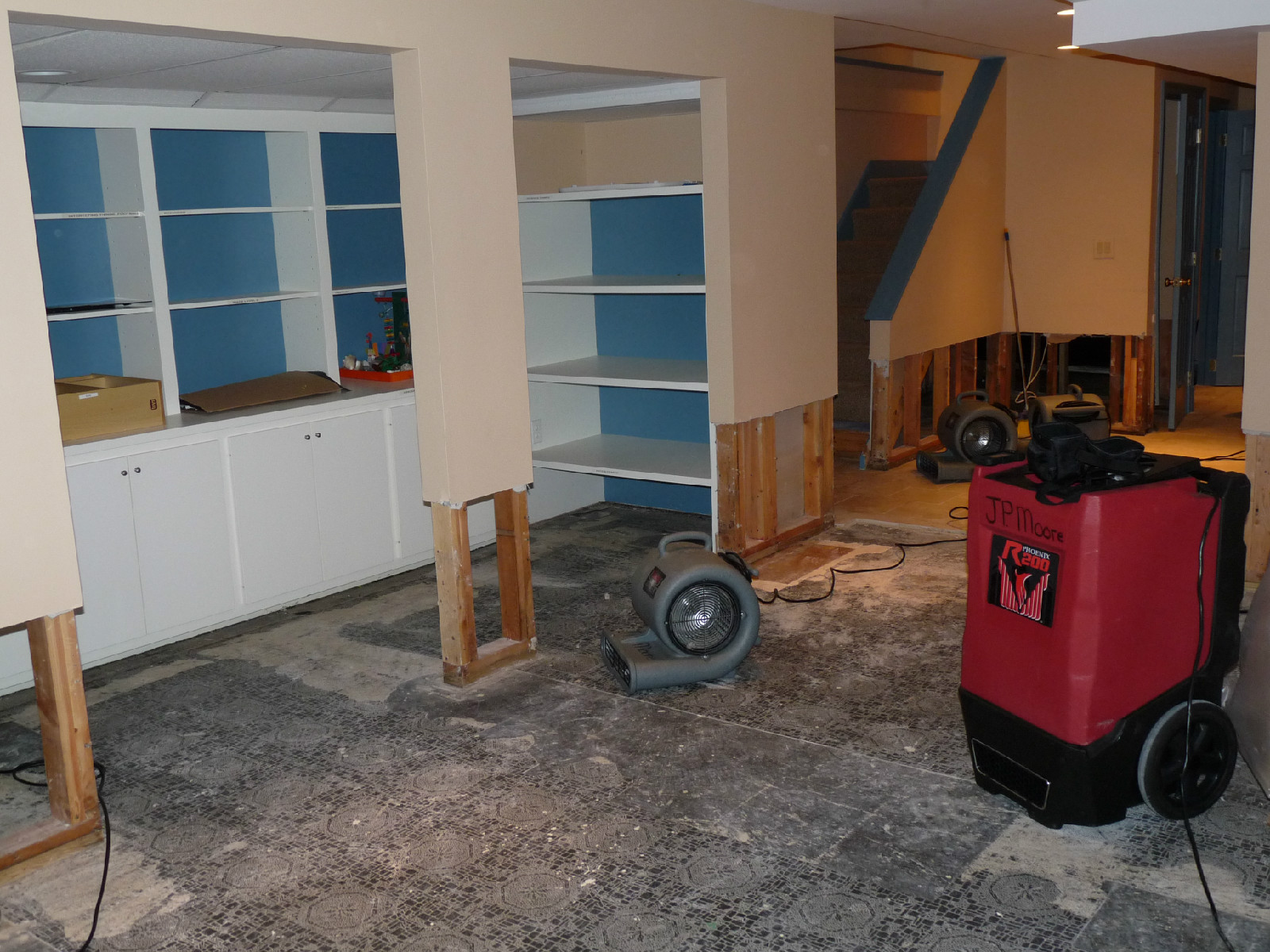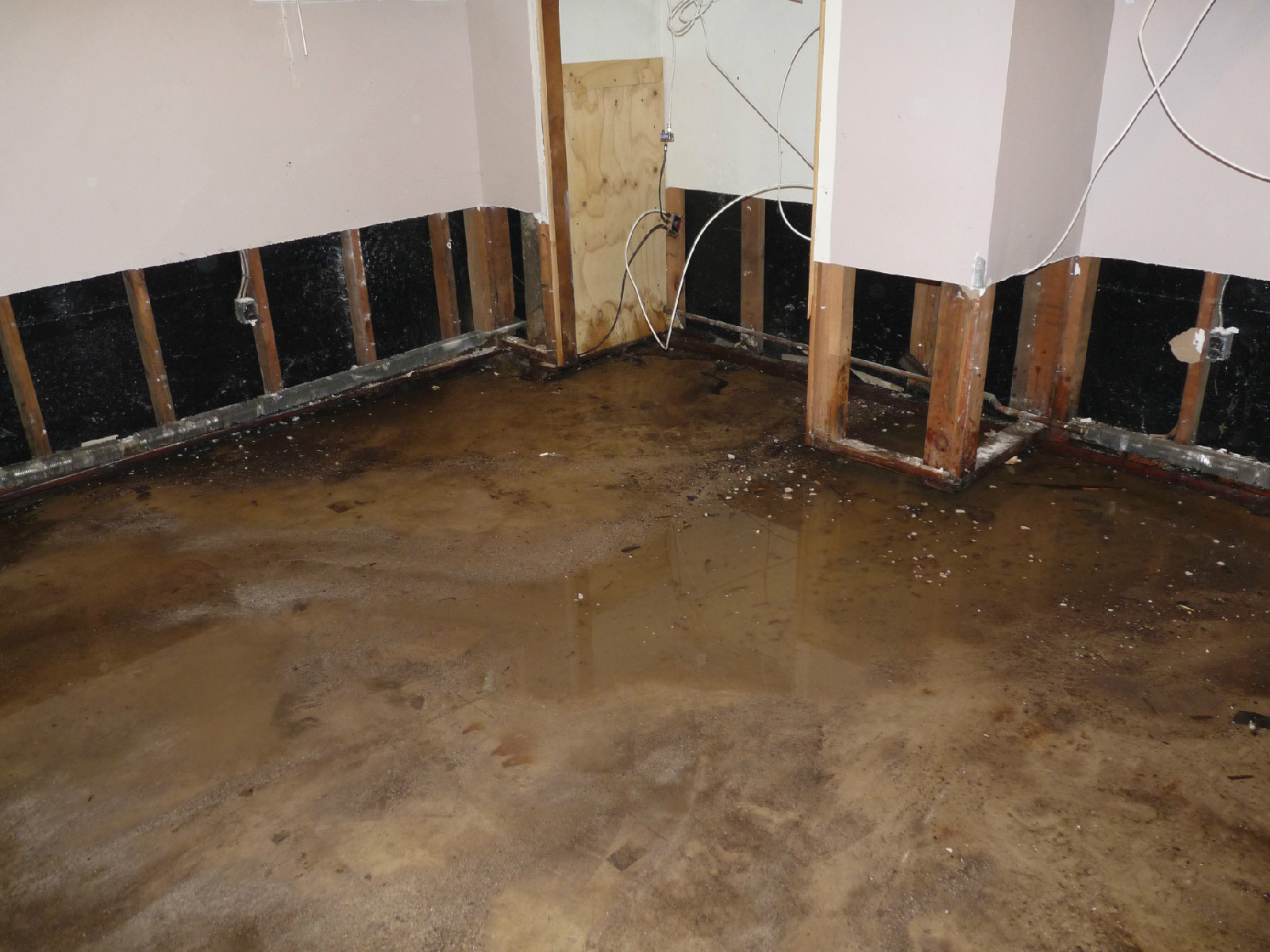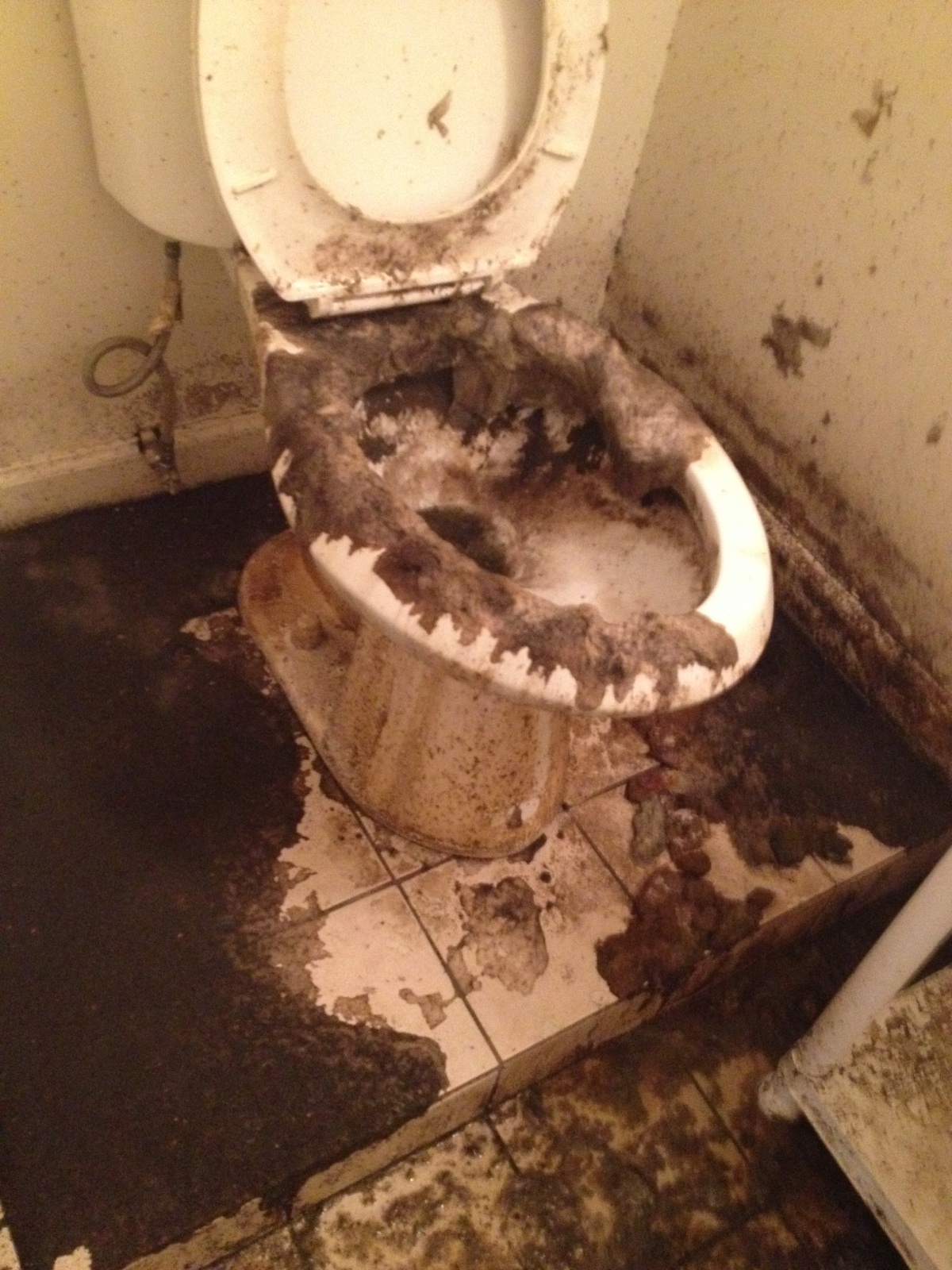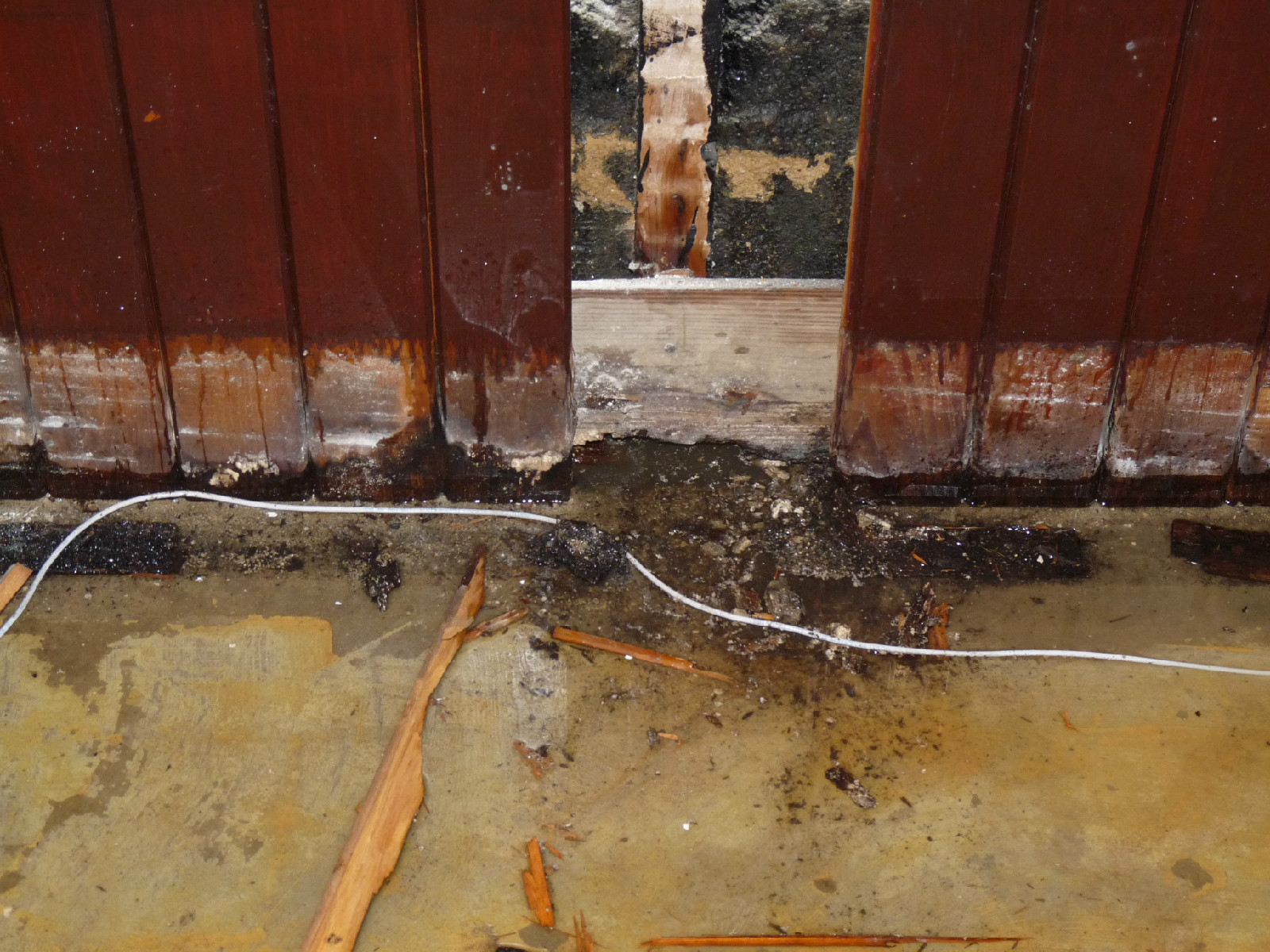During water damage restoration, material removal is a large part of the process. When floods, plumbing leaks or other disasters deposit several inches of water in the home, it will be impossible to save everything. Instead, efforts should be made to save what can be salvaged and to dispose of everything else, reducing the chances of microbes sickening the home’s occupants.
In general, any organic materials that comes in heavy contact with contaminated fluid will need to be destroyed. This includes anything containing cellulose or gypsums. This means that all carpeting, upholstery, clothing, insulation, baseboards and sheetrock will need to be inspected. These materials often shelter bacteria, viruses, molds and other organisms. When disposing of sheetrock walls, the technician will typically measure 12 inches up from the highest level the water reached. All sheetrock from this point down will be destroyed. In some cases, the high level of humidity in the home may cause the ceiling to buckle or discolor, which will also mandate disposal.
Any wood that has warped due to exposure to water will probably need to be destroyed as well, though some hardwood floors can be saved. Anything made from particle board or plywood will be unsalvageable, however. Finally, after the home is affected by water damage, removal of appliances may be necessary. Large appliances contain motors or other electronics near their base, and standing fluid can cause these electronics to short out or fail.
When facing a flooded home, contact a certified professional to tackle the clean-up and restoration.



